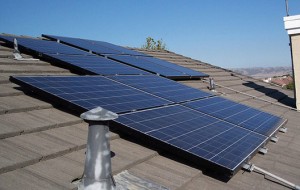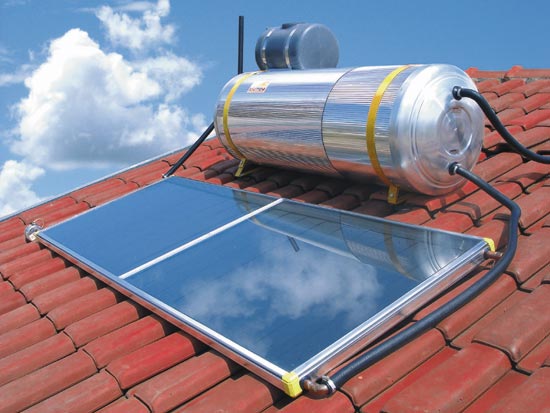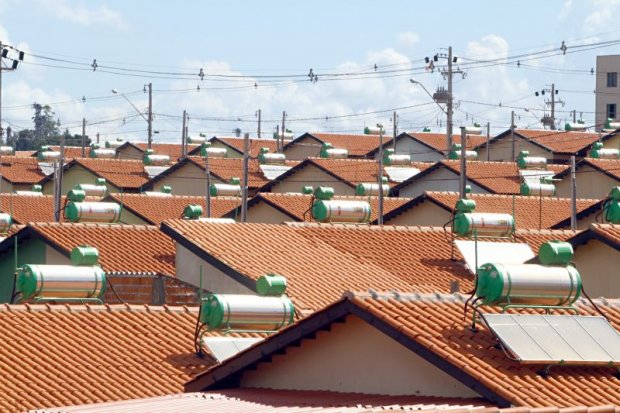Between 2006 and 2013, Costa Rica attracted more than U$D 1,700 million for renewable energies projects financing.
In 2013, a record of U$D 600 million was allocated to renewable energy. About 40% were allocated to non-hydroelectric renewable energy, especially wind power.
The electrical system of Costa Rica was 100% renewable in early 2015.
This was made possible by rain and by the strong commitment to renewable energy made in the Central American country.
According to the Costa Rican Electricity Institute, during the first 75 days of the year it was unnecessary to use fuel to feed the power grid of the country.
With reservoirs (Arenal, Cachí, La Angostura and Pirrís) full and what was generated in geothermal, wind, solar and biomass; thermal plants remained as a contingency alternative had not to resort.
Costa Rica has always the greener energy matrix in Central America with 80% coming from hydroelectric and 20% from renewables (mainly wind and geothermal).

One key to this development has been the integration into the Renewable Energy and Energy Efficiency in Central America (4E) Program, implemented by the International Cooperation Office of German government, by the General Secretariat of the Central American Integration System (SG -SICA), which works to promote a clean matrix in the region.
The problem is that too depends on the weather. If it does not rain enough, the water shortage creates a problem.
Costa Rica is proposed that its energy is completely clean by 2021. Currently, about half of the primary energy sources are renewable.
The country implemented two mechanisms to facilitate the penetration of renewables.
The first, a specific auctions system by technology that allowed to increase the hiring of additional capacity.
The second, a program to encourage consumers local generation who can sell excess energy to the grid.
However, no progress has been made in solar generation.

The Regulatory Authority for Public Services (ARESEP) proposed a price band for new companies that produce electricity on a solar photovoltaic large scale.
They were discussed in June 2015. The rates approved applies for all plants with capacities equal to or less than 20 MW, in accordance with the provisions of the 7200 Law, which regulates electricity trade between the ICE and private generators.
The intention is to allow private providers to obtain enough income to cover their operating costs, to recover the investment and a reasonable return for the level of risk associated with the electricity generation.
The average cost of the investment, the average cost of operation, the plant factor and the performance are calculated to determine the rate.
With this data rate is calculated with an upper and lower limit. Most of the information used comes from a study by German aid agency GTZ.
The band values will be reviewed once a year by fixing the ordinary procedure, which will begin on the first working day of February each year.
The small-scale generation to consumption is regulated by the POASEN Statement for levels at or below 1 MW generation.

















